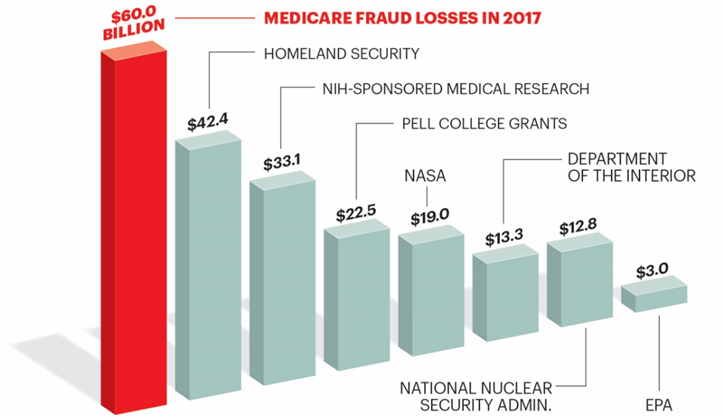President Joe Biden’s administration has requested state TennCare officials to make major revisions to the Medicaid block grant program. This program currently provides healthcare to 1.6 million Tennessee residents.
Under the block grant program, Tennessee would receive a set amount of funding but have more flexibility in how they spend it. This will enable the state to retain savings for health care and health-supporting initiatives.
State and Federal officials have been discussing these revisions for quite some time. The state has the option of approving or rejecting the changes, as this is a request from the federal government. Furthermore, Tennessee has until August 30th to decide if revisions will be made to the TennCare program. The benefits of 2021 will be preserved in the meantime.
How Revisions Can Affect Tennessee Residents
Some experts from Tennessee say that the revisions to the waiver grant program would be beneficial and is good news for Tennesseans. Organizations like the American Heart Association, the American Cancer Society, and many others opposed the granted waiver because of the harm it would do to 1.6 million Tennessee adults and children who rely on TennCare. Michele Johnson, Executive Director of the Tennessee Justice Center says, “all the groups warned it would damage the health care system on which we all depend and would worsen the rural health crisis across Tennessee.”
On the other hand, by requesting the waiver in 2019, Tennessee Gov. Bill Lee’s administration hoped to save money by directing those funds into health care initiatives and programs. This was followed by a year of criticism from GOP lawmakers who did not want to expand the Medicaid program under the previous Affordable Care Act. By the beginning of 2021, the waiver grant program had finally been approved.
Under Medicaid, the federal government pays two-thirds of TennCare’s costs. There are no spending caps on state Medicaid expenditures which means Tennessee could boost or even expand the existing TennCare programs if it wishes. Depending on how much more of its own money the state was willing to put into it.
The Center for Medicare and Medicaid Services is recommending these other provisions:
- The Center for Medicare and Medicaid Services’ letter states it supports Tennessee’s policy goals to expand coverage and benefits. But the letter says center officials propose that “instead of the current framework for savings and investment,” the federal agency will “work with the state on necessary expenditure authorities to meet common goals.”
- Modify the waiver’s specific terms and conditions section to “more explicitly state” Tennessee cannot cut benefits or coverage in effect from Dec. 31, 2021, without a procedural amendment subject to an additional public comment period and Center for Medicare and Medicaid Services approval.
How GMS Can Help
GMS does more than offer coverage like a traditional medical insurance company. To help our clients find the right coverage solution, we offer a variety of tools and resources including:
- Education- In addition to a dedicated benefits specialist, you gain access to a team of experts who can train employees on how your plan works and answer questions.
- Guidance – Health insurance is complicated. Our experts provide guidance on how to best utilize your plans, maintain compliance, and stay on top of Affordable Care Act regulations.
- Control – GMS gives you more control of your business. Partnering with a PEO for group health insurance lets you focus on growing your business while making your benefits administration more efficient.
To learn more, contact us today!


